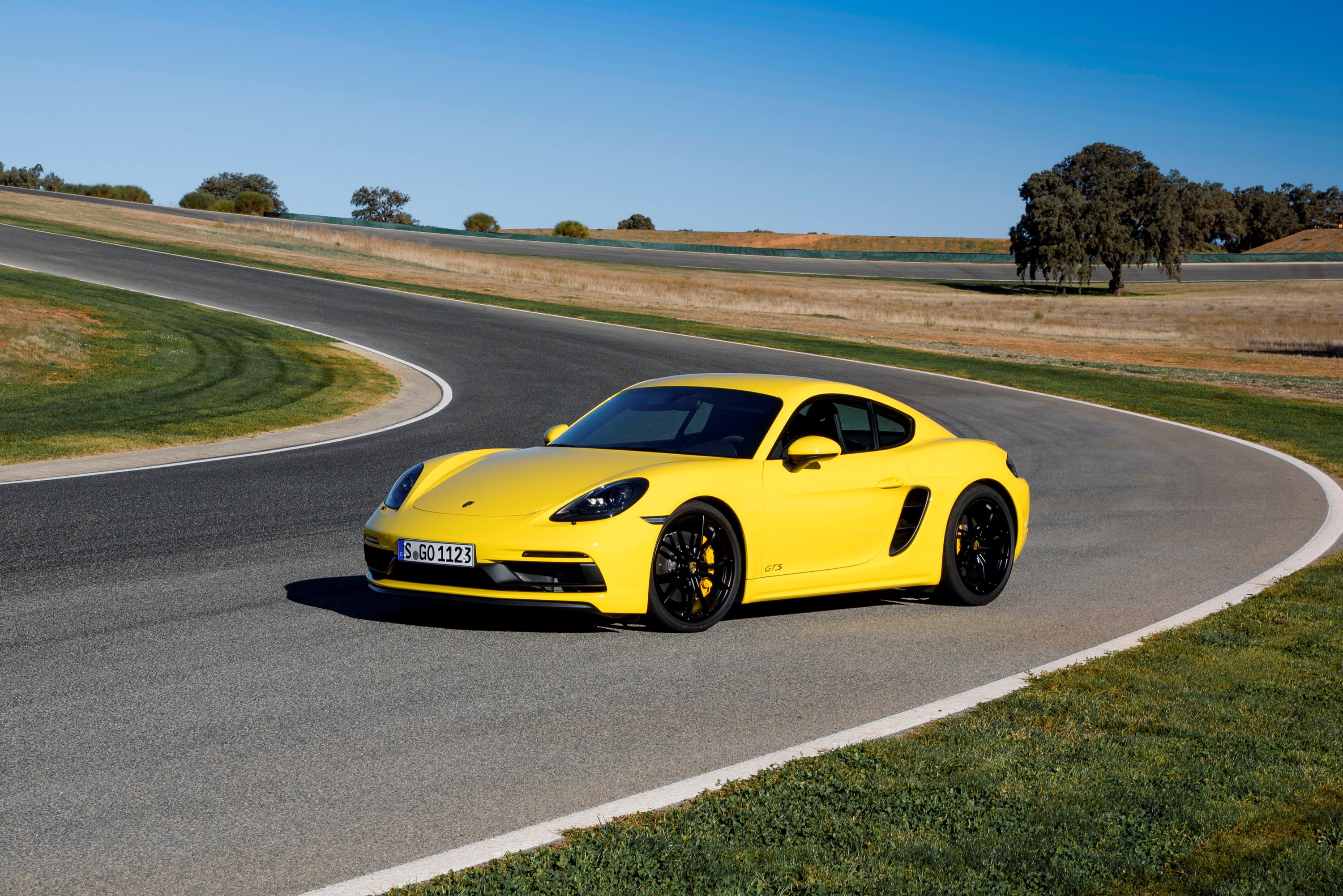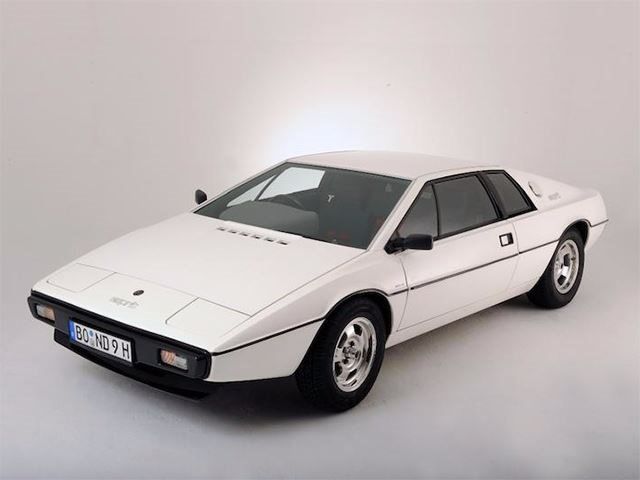
A lot of anniversaries are being celebrated in the world of motoring this year. 2016, for instance, marks the 50th anniversary of Ford's triumph over Ferrari at Le Mans, and 100 years since BMW came into existence. It is also the 40th anniversary of the iconic Lotus Esprit. Whilst one can argue the car actually stems back to 1972, when the Esprit concept car was revealed, it wouldn't be until June 1976 when the first Esprit production cars would be completed at the Lotus factory in Hethel - so that's where the Esprit story begins for us.
By many means, the Lotus Esprit was a rather radical car for the small British sports car maker. Though the company had many years of making road cars under its belt (the 'Lotus Mark 1', an Austin Seven-based trials car from 1947, was designed to be usable on the public road), Lotus had never ventured far from the more affordable end of the sports car spectrum. Remember, Lotus was still selling cars in kit form until the mid-1970s. It was with the Esprit, however, where Lotus started to take on the big league. Though the 160-hp four-cylinder engine and 138-mph top speed are weedy by today's standards, those specs were enough to put this wedgy, Guigaro-designed sports car on par with contemporary, sub-RS Porsche 911s.
Whether the car could actually live up to those standards was another matter entirely (Lotus did exaggerate the Esprit's capabilities somewhat - namely the "almost impossible to achieve in the real world" claimed 0-60mph time of 6.8 seconds). But they were enough to make the Lotus Esprit a real hit. Even in the US market's weedier 140-hp guise, the Esprit quickly established itself as an impressive mid-engined sports car. It was very clear that the money Lotus had saved by raiding other carmakers' parts bins (Fiat X1/9 tail lights, Morris Marina door handles, Land Rover defender switchgear, five-speed 'box from a Maserati Merak, etc.) was spent on developing a lightweight and balanced sports car with a phenomenal chassis setup.
From the moment the first motoring journalists got behind the wheel, the gearhead world was stunned by the way the Lotus Esprit drove. Yes, the power and top speed may not have been eye-opening or amazing in a world where De Tomaso Panteras, Ferrari 308s and the Lamborghini Countach ruled the roost, but the Esprit more than compensated for that via its agility and poise. Even today, the Lotus Esprit Series 1 remains a wonderful car to drive that not only compares favorably well to the current Lotus Elise and Exige models in terms of handling dynamics, but can also show a few modern day sports cars a thing or two about properly setting up a modestly-powered mid-engined sports car so it drives as well as it looks.
As important as the fantastic driving experience was, that wasn't what put the Lotus Esprit on the map. As we're sure you're aware, the Lotus Esprit is virtually synonymous with the James Bond movies, via its appearance in the 1977 film 'The Spy Who Loved Me.' The car itself was on screen for a brief sequence, but that was enough to cement the Esprit in pop culture. Not only was it beautifully driven in its famous car chase by Lotus development engineer Roger Becker (who was called on after director Lewis Gilbert became dissatisfied with the professional stunt driver), but the ace up its sleeve trick of becoming a submersible surely ranks up there as one of the most iconic moments from any James Bond film.
The Lotus Esprit's life in Series 1 guise would be incredibly short lived, however. By 1978, Lotus had made enough revisions over its two-year life to justify the introduction of a brand new generation that was imaginatively christened the 'Lotus Esprit Series 2.'
As probably expected from such a quick turnaround, there weren't many groundbreaking new features that transformed the Lotus into a whole new beast - but, as we'll find out in part two, the Series 2 did pave the way for the Esprit's rise into a full-on supercar.

